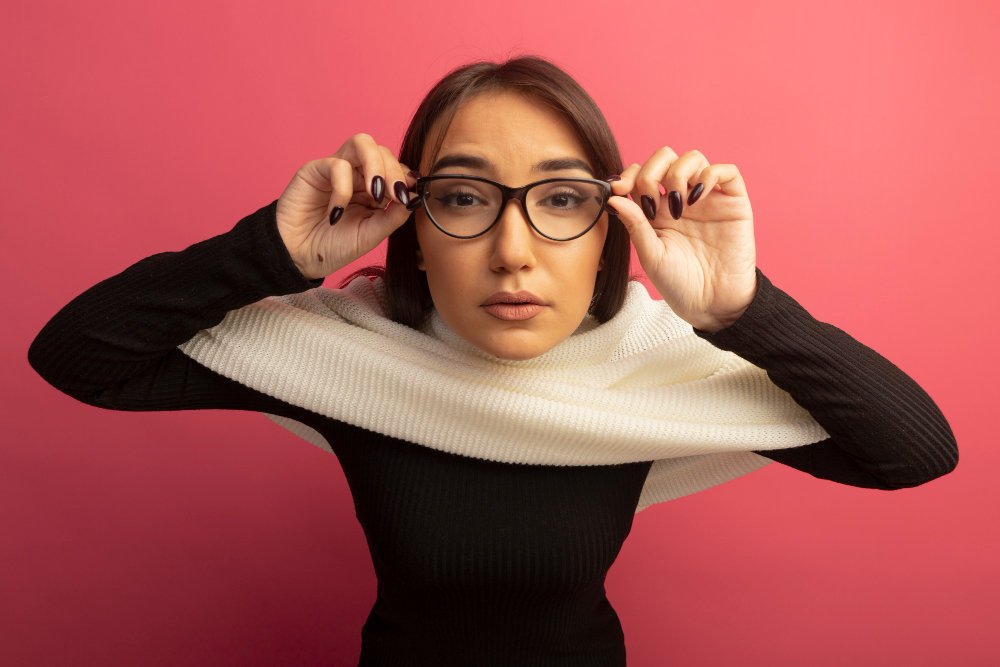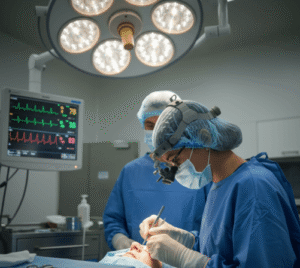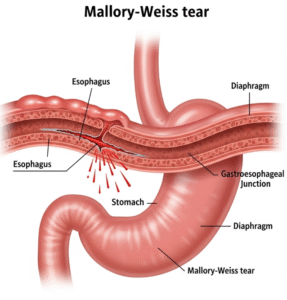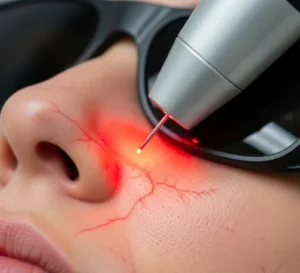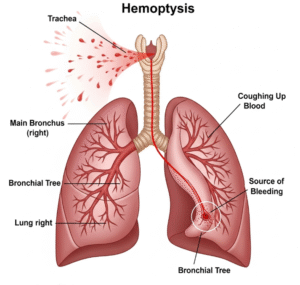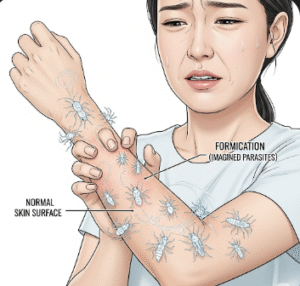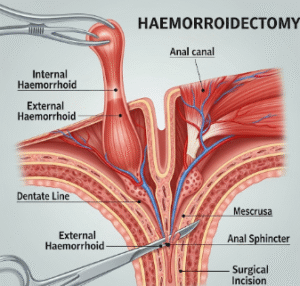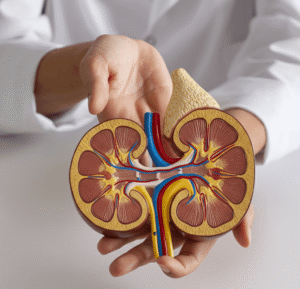Overview
Short-sightedness, also known as myopia, is a common refractive error where close objects are seen clearly, but distant objects appear blurry. It is especially prevalent in East Asian countries, including South Korea, where the rate among school-aged children and young adults has risen significantly in recent years due to lifestyle and genetic factors.
What is Short-Sightedness?
Short-sightedness (myopia) occurs when the eyeball is too long or the cornea is too curved, causing light entering the eye to focus in front of the retina rather than directly on it. This results in blurred vision when looking at distant objects.
Myopia can range from mild to severe and may progress over time, especially during childhood and adolescence.
Symptoms
- Blurry vision when looking at distant objects
- Difficulty seeing road signs or blackboards
- Squinting to see more clearly
- Eye strain or headaches
- Needing to sit close to screens or objects to see clearly
Causes
- Genetics – A family history of myopia increases the risk
- Prolonged near work – Reading, screen time, and indoor activities
- Lack of outdoor activity – Exposure to natural light may help slow progression
- Rapid eye growth during childhood
Risk Factors
- Family history of myopia
- Excessive screen time or near work
- Limited outdoor exposure
- Urban living environments
- Early onset in childhood
- East Asian ethnicity (including Koreans)
Complications
While myopia is usually manageable, severe or progressive cases can lead to:
- Retinal detachment
- Glaucoma
- Cataracts
- Myopic maculopathy (degeneration of the central retina)
- Vision loss (in extreme cases)
Prevention
- Encourage children to spend more time outdoors (at least 1–2 hours per day)
- Limit continuous near work and take regular visual breaks (20-20-20 rule)
- Control screen time
- Regular eye checkups, especially in school-aged children
- Early intervention if progression is detected
Treatment Options in Korea
Diagnosis
- Comprehensive eye examination
- Visual acuity test
- Retinoscopy
- Autorefractor and keratometer tests
Non-Surgical Treatments
- Eyeglasses – Most common and effective correction method
- Contact lenses – Including daily, monthly, or toric lenses
- Orthokeratology (Ortho-K) – Overnight rigid lenses that temporarily reshape the cornea
- Low-dose atropine eye drops – Used to slow myopia progression in children
Surgical Treatments
- LASIK (Laser-Assisted In Situ Keratomileusis) – Most popular refractive surgery in Korea
- LASEK – Suitable for those with thinner corneas
- SMILE (Small Incision Lenticule Extraction) – Minimally invasive laser surgery
- Implantable Contact Lenses (ICL) – For severe myopia or thin corneas

